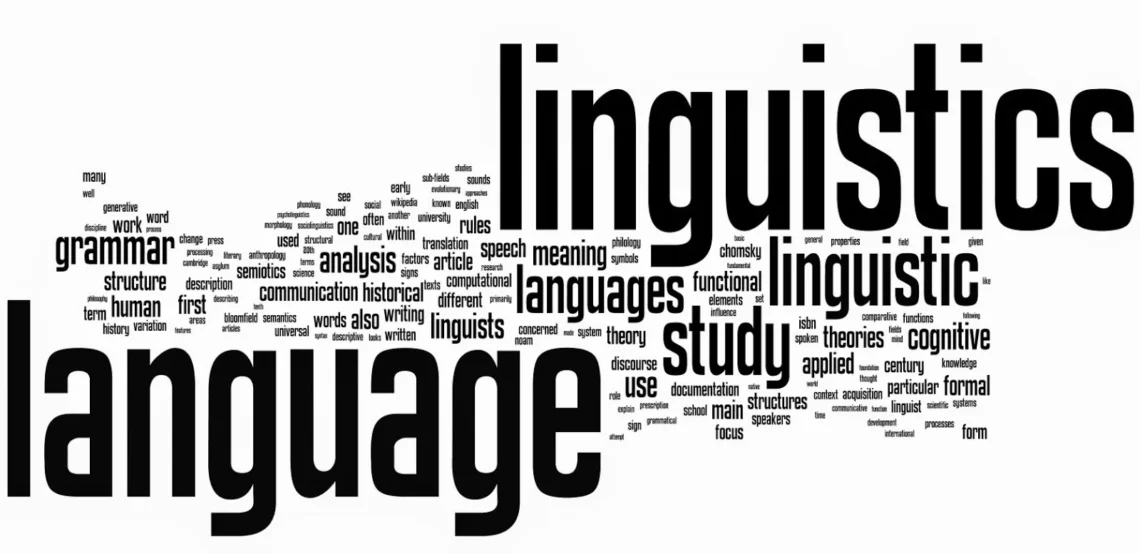The word assimilasjon carries different meanings depending on the context—whether in linguistics, sociology, psychology, or biology. It’s a concept that explains how elements blend, adjust, or transform to become similar to one another. In this article, we’ll explore six major dimensions of assimilasjon and why it plays such a vital role in language, culture, and science.
1. Assimilasjon in Linguistics
In linguistics, assimilasjon describes a process where one sound in speech becomes more similar to another sound, either partially or completely. This happens because the human speech organs move continuously, and sounds often “blend” together in natural speech.
There are two main types of sound assimilation:
-
Contact assimilasjon: When two sounds directly next to each other influence one another.
-
Distant assimilasjon: When sounds further apart in a word still affect each other.
For example, in Norwegian, kronprins is often pronounced as kromprins—the /n/ sound shifts to /m/ under the influence of the following bilabial consonant. Similarly, trygt often becomes trykt.
This shows how assimilasjon reflects the natural evolution of speech, making words easier and faster to pronounce.
2. Historical Language Changes Through Assimilasjon
Language is constantly changing, and assimilasjon has been one of the driving forces behind these shifts. Over time, entire words have transformed due to sound assimilation.
For example:
-
Old Norse vatn evolved into modern Norwegian vann.
-
The word lamb became lam after assimilation simplified the cluster.
These changes usually occur unconsciously, passed down from one generation to another, until they become a permanent part of the language.
In this way, assimilasjon isn’t just a random phenomenon—it’s a core mechanism in language development. By studying it, linguists gain insights into how modern dialects and standard languages came to be.
3. Assimilasjon in Sociology and Culture
Beyond language, the word assimilasjon is also widely used in sociology. Here, it refers to the process by which minority groups adopt the norms, values, and culture of the dominant majority.
This process can be voluntary or forced. For example, in Norwegian history, the fornorskingspolitikken (Norwegianization policy) forced Sami children to abandon their language and culture, pushing them toward complete assimil asjoninto Norwegian society.
However, cultural assimilasjon often comes with serious consequences:
-
Loss of cultural identity.
-
Disappearance of minority languages.
-
Psychological and social challenges for individuals caught between two worlds.
It’s important to distinguish assimil asjon from integration. While integration encourages coexistence and multiculturalism, assimil asjon demands conformity, often at the expense of diversity.
4. Assimilasjon in Psychology
In psychology, the term assimilasjon was made famous by the Swiss psychologist Jean Piaget. He used it to describe how children learn by interpreting new experiences through the lens of what they already know.
For instance, a child who knows the word “dog” might call every four-legged animal a dog. This is assimil asjon—the child is fitting new information into an existing mental framework. Later, through a process called accommodation, the child learns to create new categories, like “cat” or “cow.”
In broader psychology, assimil asjon also refers to how individuals adjust their behaviors or identities to fit into a group or environment. This could mean adapting to workplace culture, social expectations, or peer influence.
5. Assimilasjon in Biology and Natural Sciences
The term assimilasjon also has significant meaning in biology and natural sciences. It describes the process by which organisms convert substances into forms they can use for growth and energy.
Examples include:
-
Human physiology: Nutrients from food are assimilated into cells and tissues to support bodily functions.
-
Botany: Plants assimilate carbon dioxide during photosynthesis, turning it into organic compounds like glucose.
Here, assimilasjon highlights the fundamental way living beings survive—by transforming external materials into essential building blocks of life.
6. Assimilasjon vs. Dissimilation: Spotting the Difference
To fully understand the concept, it’s useful to compare assimil asjon with its opposite, dissimilation.
-
Assimilasjon: Sounds, cultures, or elements become more alike.
-
Dissimilation: Elements become less alike to improve clarity or distinction.
For example, in language, dissimilation can prevent confusion when similar sounds occur close together. Understanding both processes helps us see the balance between simplification and clarity in communication and social interaction.
Conclusion
The concept of assimilasjon bridges many disciplines—linguistics, sociology, psychology, and biology. Whether it’s the blending of sounds in speech, cultural adaptation, cognitive learning, or nutrient processing in organisms, the idea remains the same: assimilation is about transformation and adjustment.
By studying assimil asjon, we better understand not only how languages evolve, but also how societies shape identities, how humans learn, and how life itself sustains through constant adaptation.
FAQs
1. What does assimilasjon mean in linguistics?
It refers to the process where one sound becomes more similar to another, often to make speech easier.
2. How is assimil asjon different from integration in society?
assimil asjon requires minority groups to fully adopt the dominant culture, while integration supports multicultural coexistence.
3. What is assimil asjon in psychology?
In Piaget’s theory, it’s the way individuals fit new information into existing mental frameworks.
4. How does assimil asjon occur in biology?
It’s the process by which living organisms convert external substances into usable energy or building blocks, such as in photosynthesis.
5. Why is assimil asjon important?
Because it explains transformation across many areas of life—speech, learning, culture, and biology—making it a unifying concept across disciplines.





